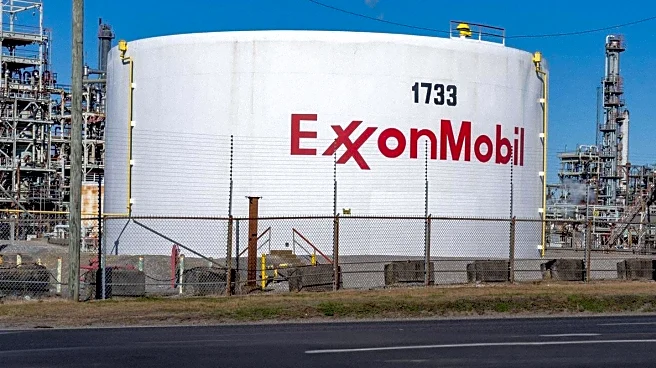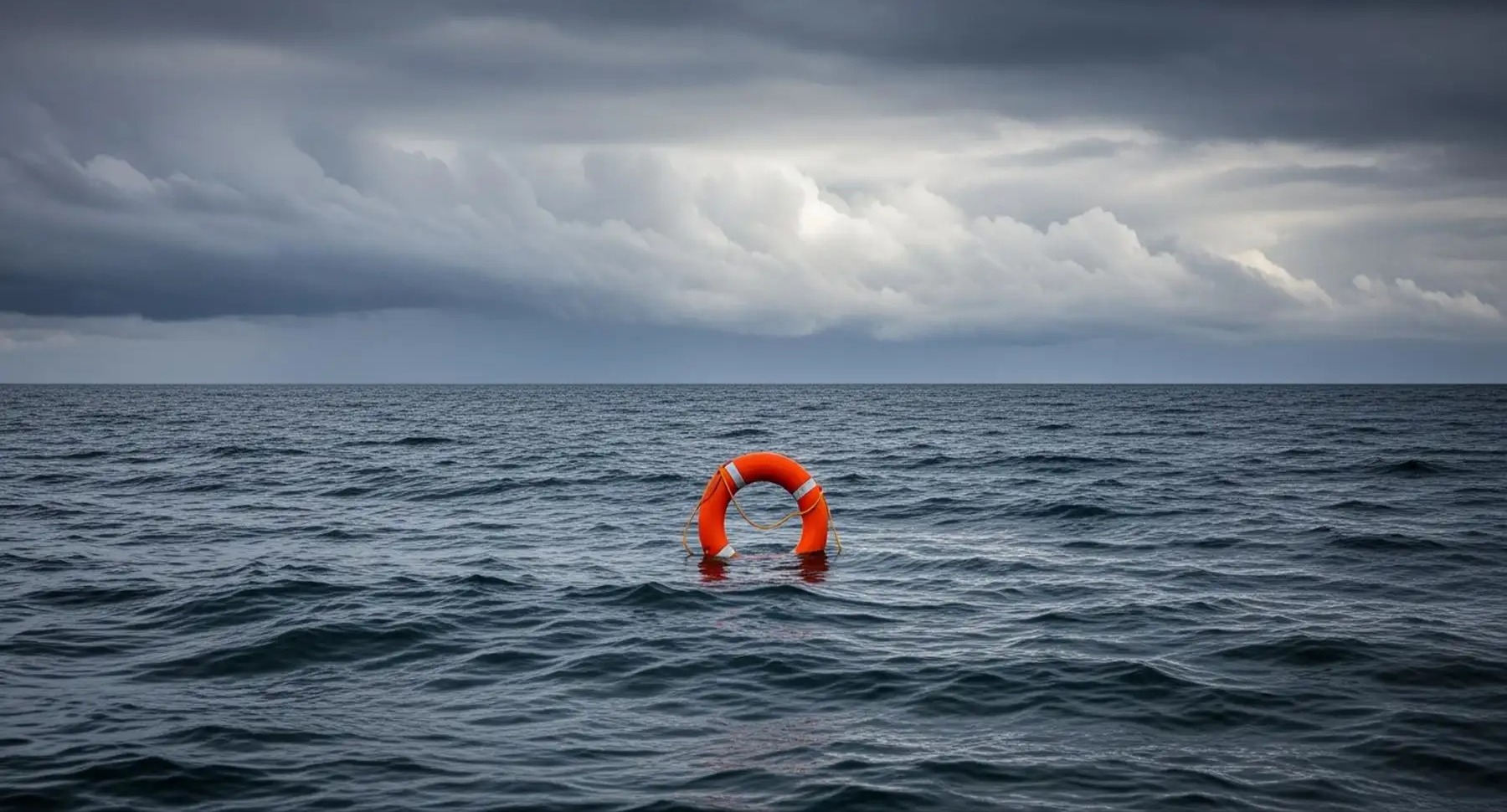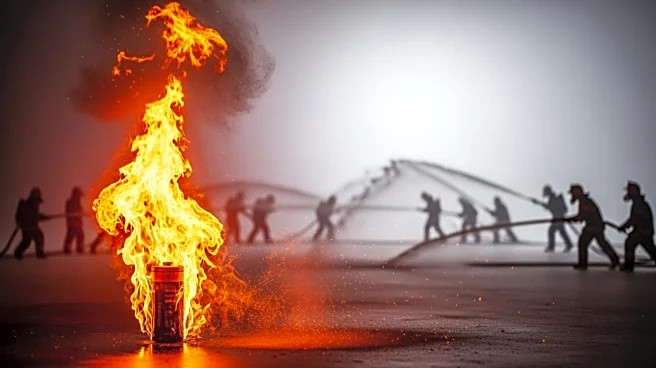What's Happening?
The Tank Museum in Bovington, Dorset, hosted a training exercise to test emergency services' response to a chemical incident. The scenario involved a forklift truck colliding with a chemical tanker carrying
chlorine, leading to a chemical leak, casualties, and missing persons. Participants included police, fire, ambulance, search and rescue teams, and university paramedics. The exercise was designed to be as realistic as possible, utilizing special effects and volunteer 'victims'. The museum remained open to the public during the event, ensuring no risk to visitors.
Why It's Important?
Such exercises are crucial for preparing emergency services to handle real-life chemical incidents effectively. They help improve coordination and response times, ensuring public safety during potential disasters. The involvement of multiple agencies highlights the importance of inter-agency collaboration in crisis situations. This exercise may lead to improved protocols and readiness, benefiting local communities and enhancing public trust in emergency services.
What's Next?
Following the exercise, participating agencies may review their performance and identify areas for improvement. Feedback from the event could lead to adjustments in training programs and emergency response strategies. Future exercises may incorporate lessons learned to further enhance preparedness. Local authorities might engage with the community to raise awareness about chemical safety and emergency procedures.
Beyond the Headlines
The exercise underscores the ethical responsibility of emergency services to maintain high preparedness levels. It may influence cultural perceptions of safety and emergency readiness, encouraging public engagement and support for such initiatives. Long-term, this could lead to increased funding and resources for emergency services, ensuring they are equipped to handle diverse scenarios.












